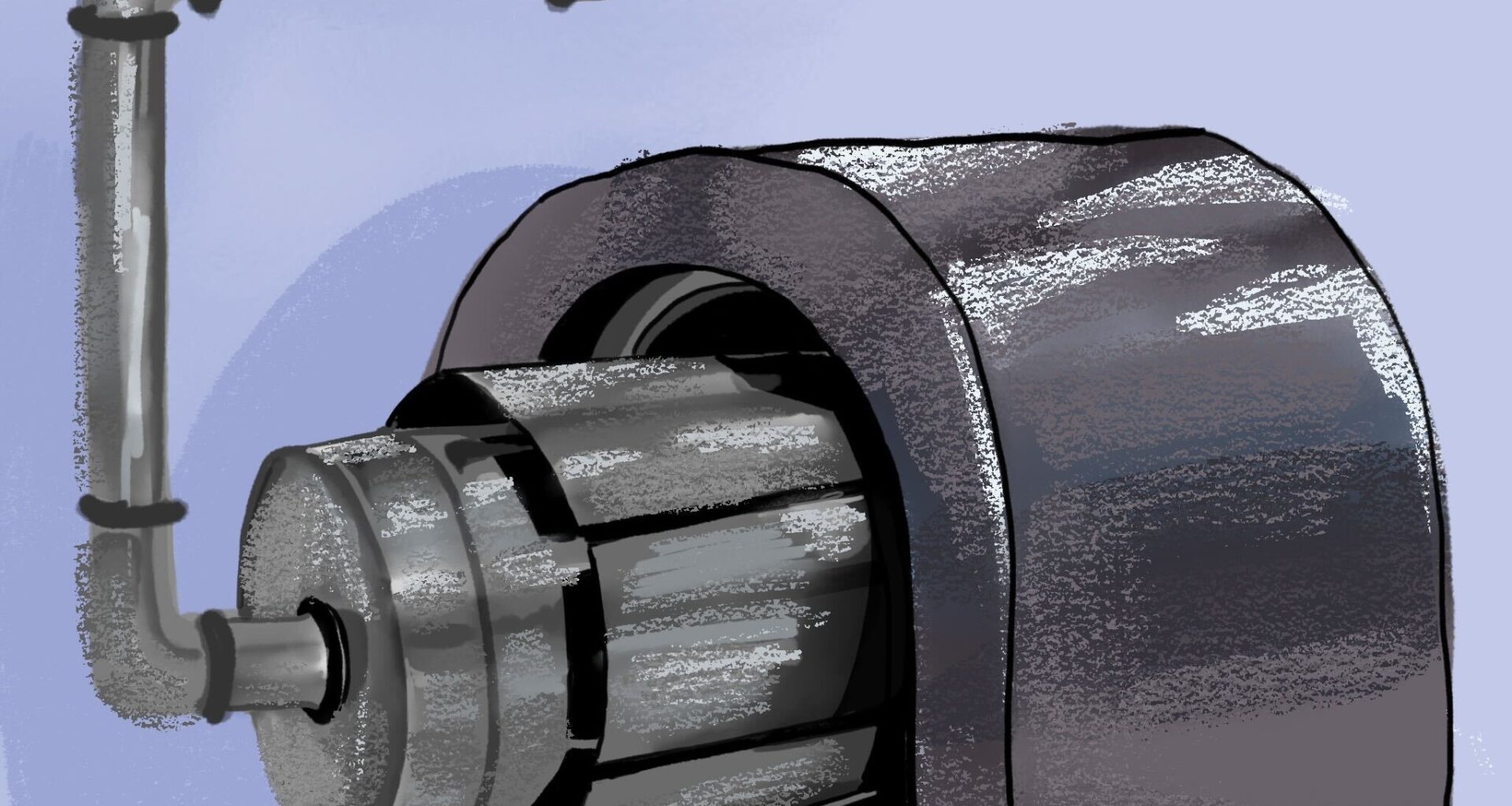A new University of Michigan research study published this month by Rackham student Muhammad Rafiul Abdusammi determined that, under the right circumstances, the nuclear sector’s newest technology could realistically compete in today’s real-world energy markets. The study evaluated the economic viability of nuclear microreactors –– compact, low-carbon nuclear power systems designed to provide reliable electricity for remote or unstable grids.
Supporters of microreactors argue that they can power remote communities such as military bases or disaster zones that struggle with unstable grids in a clean and consistent manner. Skeptics, on the other hand, raise concerns regarding microreactors’ high costs, overall safety and proliferation, as limiting the spread of many small reactors may be difficult.
Abdusammi’s team modeled the levelized cost of energy, or the lifetime costs of an energy source divided by the energy it produces, for nuclear microreactors. In an interview with The Michigan Daily, Abdusammi said he found the cost — $48.21 to $78.32 per megawatt hour — was comparable to other energy sources after accounting for uncertainties in capital, fuel and operating costs.
“So, from the optimization, we have basically determined LCOE,” Abdusammi said. “Those values are competitive compared to offshore wind, biomass, then coal, then traditional advanced reactors.”
However, this price range depends on two major assumptions. First, the cost to buy capital such as machinery, technology and installing the microreactors is controlled or relatively low. Second, the installation of the microreactors would be eligible to receive production tax credits, a federal incentive for renewable energy projects. However, this is set to be phased out in 2031 due to the federal Fiscal Year 2025 Budget Reconciliation Bill, also known as the Big Beautiful Bill Act.
Abdusammi acknowledged this limitation, and said he believes policy support is instrumental to lowering costs and deploying microreactors.
“What we found is that policy is extremely important to commercialize this kind of microreactor or new technology, especially for nuclear reactors,” Abdusammi said. “We found 22-24% of the cost can be reduced by introducing production tax credits.”
Engineering sophomore Alessondra Bowerson, Michigan Advocates for Nuclear Energy social chair, said she was impressed by the study’s focus on optimization and usage of uncertainty modeling.
“Optimization stood out to me the most,” Bowerson said. “It used statistics and data analysis really well and showed how valuable microreactors become when you account for different variables.”
In an interview with The Daily, Engineering sophomore Christian Packer, MANE chairman, said microreactors offer great potential sources of energies for communities with unstable grids.
“Island nations have huge power intermittency issues,” Packer said. “They are looking for (energy) solutions that are endlessly running. That is a problem that microreactors solve.”
However, Packer said the security risks of physical or cyber attacks that come with placing many smaller reactors across remote locations must also be taken into account.
“If they were to be deployed, they would be the kind of thing that would be utilized in a lot of different locations,” Packer said. “You would have to have that kind of security to prevent an attack at a domestic or foreign level.”
Referencing an in-progress study of his that analyzes social media sentiment data, Abdusammi acknowledged those concerns and the polarizing conversation surrounding microreactors.
“They’re also concerned about the traditional nuclear reactor accident,” Abdusammi said. “If you just search about the main cause(s) of Chernobyl, Three Mile Island, and Fukushima, everything happened because of the negligence of human beings. We just didn’t operate that nuclear safely. That’s our fault, that’s not a nuclear or technical issue at all.”
Daily Staff Reporter Daniel Lee can be reached at danjlee@umich.edu.
Related articles
